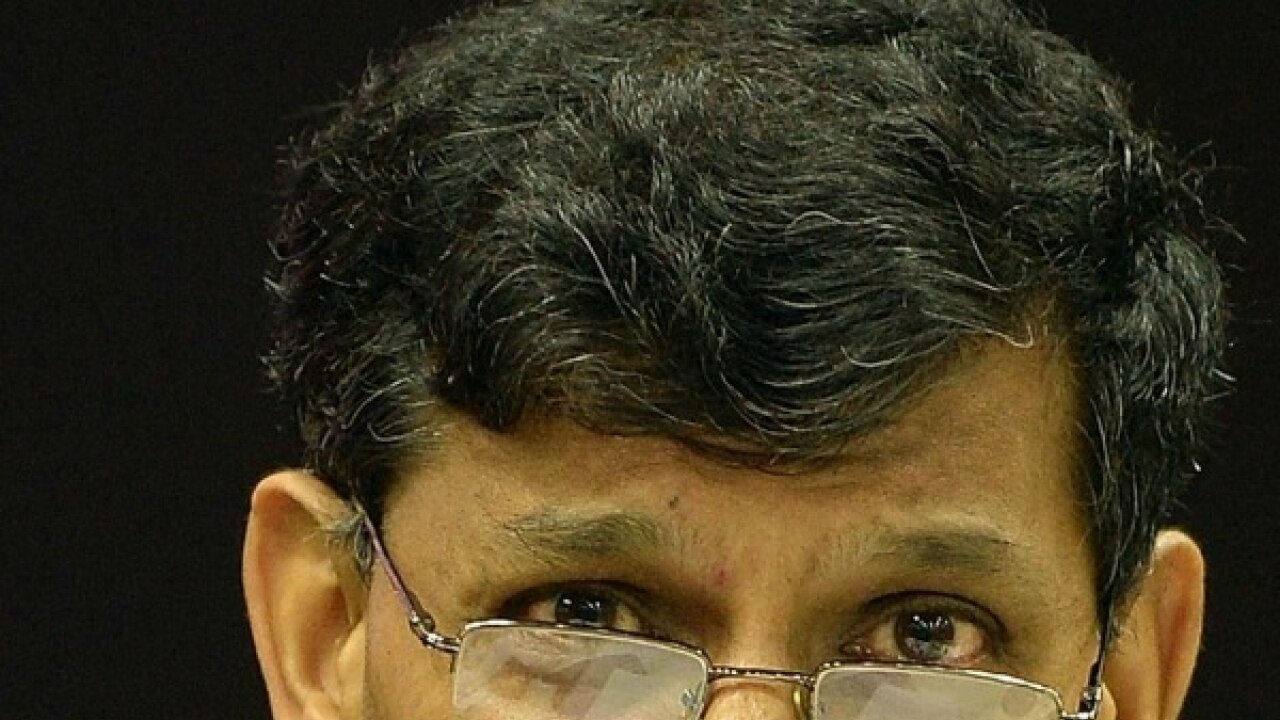
Everyone knows that low interest rates will ensure people spend more and drive demand in an otherwise slack economy. Amid a deafening cacophony by the India Inc vociferously seeking a rate cut, the Reserve Bank of India (RBI) last week slashed rates by 0.5%. To many, the RBI rate cut came as a pleasant surprise — particularly because of its unexpected quantum. Many hoped that it would usher in a lower interest rate regime in India. Banks were expected to pass on the full benefit of RBI’s cut in repo rate (the rate at which the central bank lends money overnight to banks) to customers, especially the most deserved lot — you and me, and spread the festive cheers a month ahead of Diwali. Though indirectly, this also triggered a debate that the monetary stimulus may make people spend more and probably fuel a credit binge, like what happened in Brazil. The RBI governor Raghuram Rajan himself had warned that we need to tread cautiously to avoid higher inflation and higher deficits, which would slow down the economic growth engine in subsequent years. But all that was not to be — not with banks putting up a ‘fitting’ hindrance.
A few days after the country’s largest lender and biggest home financier, State Bank of India (SBI) announced a 0.40% cut in its base rate amid much pomp and pageantry, the SBI has now decided that retail customers (customers of home loans, auto loans and personal loans) are not worthy of the lowest rate offered by the bank. The state-owned bank, which is often seen setting the benchmark for the banking sector, said it would offer only 0.20% rate-cut benefit to new home loan customers, while existing customers of floating loans will be charged a 0.57% switch-over fee (on the total loan) in lieu of providing lower rates. Those customers, who do not pay the fee, and of course, those who are unaware of the ongoing rate-cut drama, will continue to be charged at their earlier, higher interest rates. Just like SBI, ICICI Bank and HDFC, among others, have also brought in a switch-over fee, surreptitiously. In effect, the move by banks has become a stumbling block in the RBI governor’s efforts to kick start a demand-led domestic economy with lower rates. The banks may have been constrained by their financial interests, but the move is definitely not in the national interest as such.
The debate that germinated in the aftermath of the rate cut, the steepest since 2009, around whether monetary stimulus alone is adequate to kick-start the economy, has already died a natural death. The move was expected to provide quick succour to the sagging sales in auto and real estate sectors, and spread the good news to other sectors, especially to the capital-intensive sectors, with structural reforms and long-term policy-linked solutions.
As banks are reluctant to pass on the full rate-cut benefits to customers, breathing life into the investment cycle will continue to remain a challenge for the government, especially given the gloomy business climate and slow-paced reform process. Consumer price inflation, though now in decline, is still a concern for the central bank. RBI wants to rein it in at 4%, with a tolerance range of 2%. Consumer price inflation hit a record-low of 3.66% in August, which, according to Rajan, was primarily due to base effect and it could have been upwards of 5%, if one were to add back the base effects. So the key task for him is to keep inflation low, not just today and tomorrow, but well into the future.
But with banks charting their own voyage, keeping in mind their profit targets, RBI’s efforts to herald a lower interest rate regime are a near failure. For the government, which was hoping to see a monetary stimulus in place, it looks like a long journey. The switch-over fee is definitely regressive, and amounts to fleecing customers. In this context, the RBI needs to intervene and stop banks from introducing such measures.